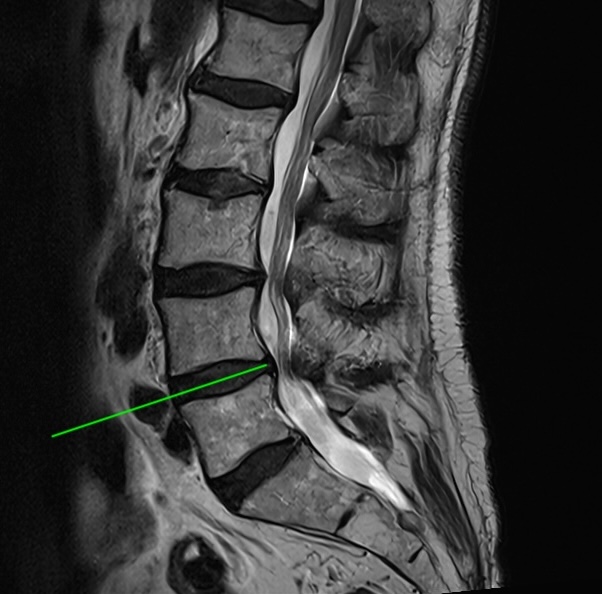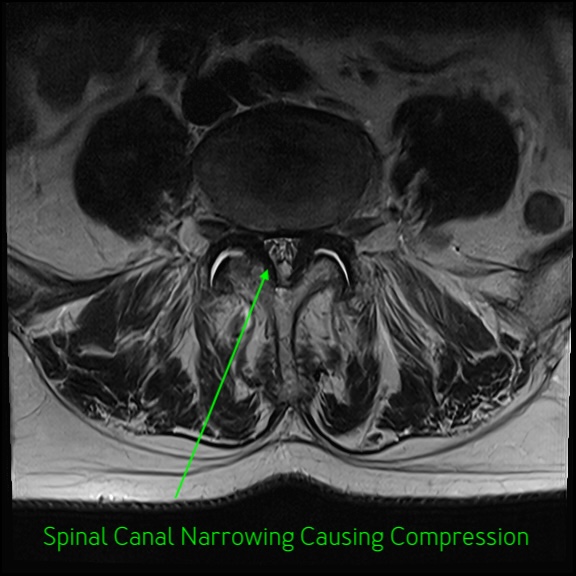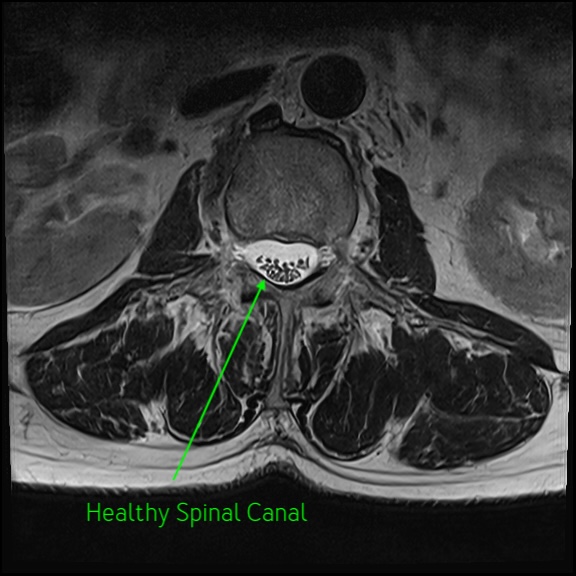Common Symptoms
- Lower back pain: May be persistent or intermittent.
- Leg pain or cramping: Often occurs with prolonged walking or standing and may improve when sitting or bending forward.
- Numbness or tingling: May affect your legs, feet, or buttocks.
- Weakness in the legs: Can make walking difficult.
- Difficulty with balance: Unsteadiness on your feet, especially while walking.
Causes
Several factors can cause narrowing of the spinal canal in lumbar spinal stenosis:
- Age-related changes: Discs dry out and shrink over time.
- Arthritis: Bone spurs can develop as a result of wear and tear.
- Thickened ligaments: Ligaments in your spine may thicken, contributing to canal narrowing.
- Herniated discs: A bulging or ruptured disc can press on the spinal cord or nerves.



Diagnosis
Diagnosis is based on a combination of your medical history, physical examination, and imaging studies—such as X-rays and MRIs—that provide a detailed view of your spine.
Treatment
Treatment options vary based on the severity of symptoms:
- Non-surgical treatments: Physiotherapy, targeted exercises, medications, and injections to reduce inflammation and pain.
- Surgery: For severe cases or when conservative treatments fail. Surgical options include:
- Laminectomy: Removing part of the bone to relieve pressure.
- Laminotomy: Creating an opening in the lamina to enlarge the spinal canal.
- Spinal Fusion: Stabilizing the spine by fusing the affected vertebrae together.
Living with Lumbar Spinal Stenosis
While the condition can cause discomfort and impact daily activities, many people manage their symptoms with regular exercise, weight management, and activity modifications. However, if you experience worsening pain, weakness, or difficulty with bladder or bowel control, seek medical attention immediately.
Take the Next Step
Is your lumbar stenosis interfering with your quality of life? Contact our expert team for a comprehensive evaluation and personalized treatment plan.
Contact Us Refer a Patient



